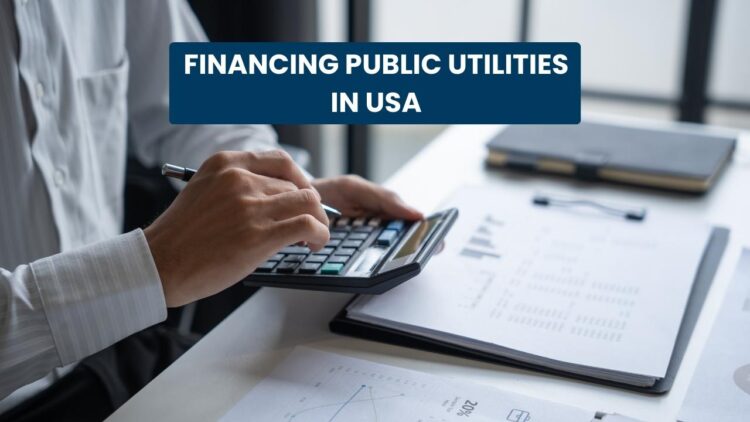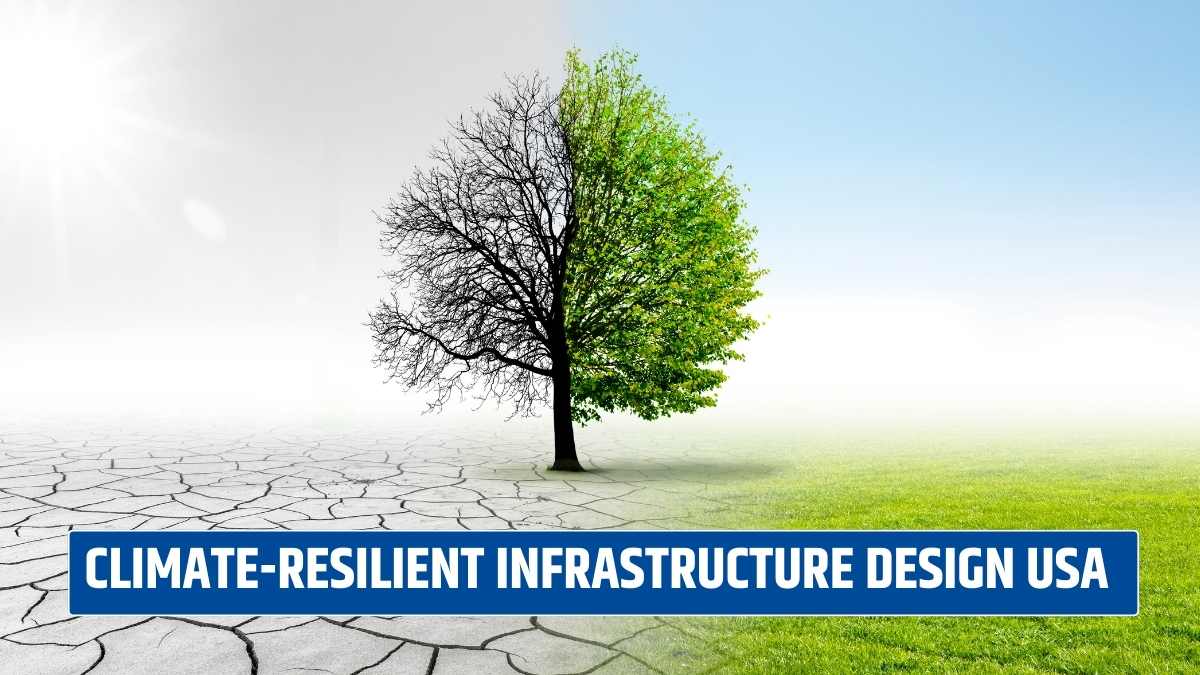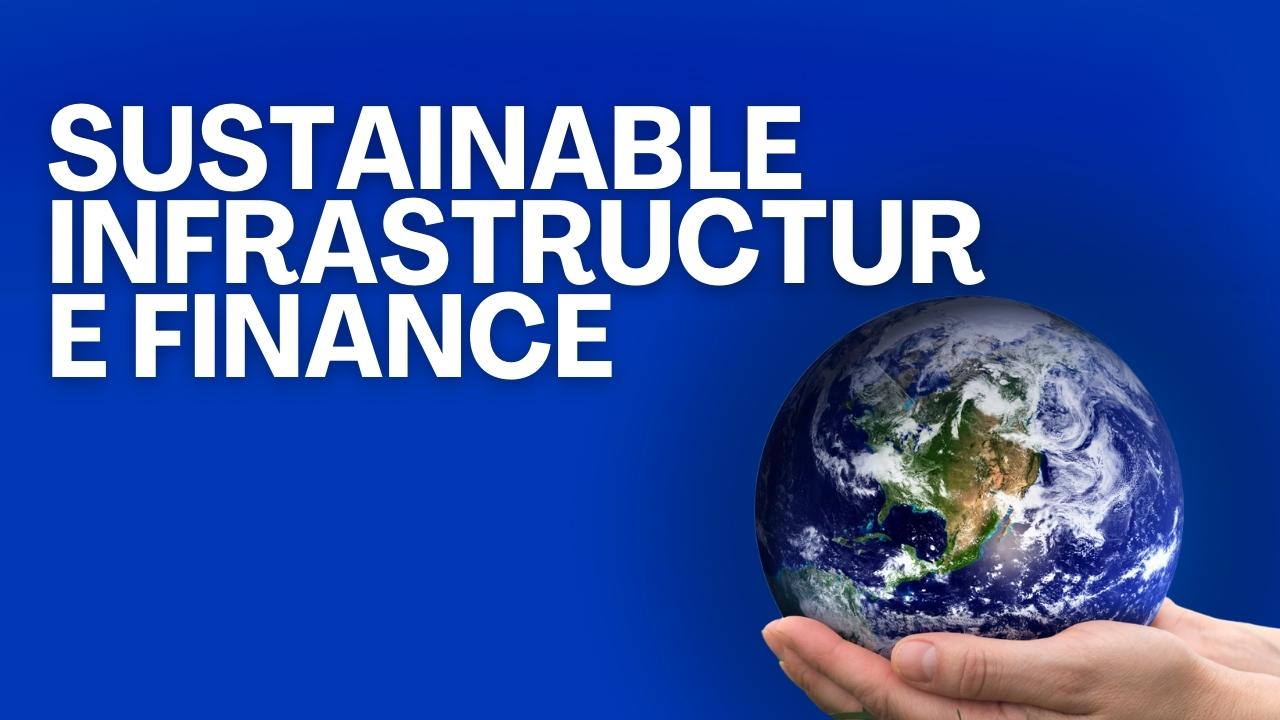Public utilities access is important for the quality of life for every American household. And to ensure that every household can have the essential utilities, the federal government finances the public utilities or their infrastructure. The article covers the public utilities financing in the USA.
Financing Public Utilities in USA
The public utilities include electric power, water, gas, waste management, and others that make living easier for the people. Public utilities are essential for every household; however, to provide the goods and services, there lies a complex financial system.
Public utilities affairs are typically administered by state and local authorities, as per the demographic needs of the region. However, various federal departments administered the public utilities as they offered funds to the state and local authorities as well, though most of the financing is done through the revenue generated from the services.
To ensure the public utilities are available for American households, it is important to enhance their infrastructure; hence, you can find the funds in the IIJA 2021 Act for energy, water, and wastewater infrastructure for five years.
Financing options available for the public utilities in the USA
The public utilities are generally financed through the following financing options to ensure every American household can access them:
- Federal and state grants: Federal agencies, such as the US Department of Energy, Environmental Protection Agency, and others, offer federal grants for public utilities; however, US states also offer grants and rebates to reduce the burden on citizens.
- Utility Financing: The municipal organizations across the US provide funds for the public utilities and their improvement, such as infrastructure funding, loans, and rebates.
- Third-party financing: The third-party services, such as vendors, service companies, and other financing, finance the public utilities.
- Rate-based financing: The local communities or investors recover the funding for the public utilities through the user fees and use it to provide the public with utility services and improve the system.
- Public-private partnerships: The private and public sectors invest in the public utilities and their system enhancement to provide better facilities to the citizens, and also use the return to recover the investment.
USA Government Loans and grants for public utilities
The US government has many grants and loans available to improve the public utilities system and ensure every citizen can access, such as:
- USDA Rural Energy Savings Program: The USDA offers various grants, one of which is the Rural Energy Savings Program, that offers loans to states, territories, corporations, subdivision agencies, and utility districts in eligible rural sectors to improve their energy utilities.
- DEED Project Grants: The American Public Power Association DEED program funds innovative projects that enhance efficiency, investigate new technologies, reduce energy generation costs, and improve the process of such projects. Only the DEED members can apply for the grant and get the financing for public utility facilities.
- GRIP Program: The Grid Resilience and Innovation Partnerships offers funds to the electric grid projects and enhances their reliability for the electric power across the country.
- Drinking Water and Clean Water State Revolving Fund: The CWSRF program is a federal-state partnership that offers low-cost funds to communities for projects or infrastructure that would improve water management, offer people drinking water, and others.
- WIFIA loans: The US EPA offers funds and loans under the Water Infrastructure Finance and Innovation Act and supports projects that improve the current situation. The program offers solutions for the financing of water utilities and removes the risks involved to reach the goal of providing clean drinking water to everybody.
What are the challenges for public utilities financing in the USA?
Millions of Americans depend on the public utilities to lead a decent life and to keep up with the growing demands. There are a lot of challenges that we need to overcome, such as:
- Infrastructure: A major problem in providing the public utilities to every region in the US is the lack of proper infrastructure; water, transportation, and other infrastructure are needed to improve to meet the growing demands.
- High Capital cost: The power utility, or others, needs massive capital costs much higher than the current investment, which is creating a problem and raises concerns for the future. The report claims the water utility may face a funding gap of $110 billion in the next five years.
- Regulations: As we mentioned, public utilities are typically administered by the state or local authorities, so regulations might vary, which can create problems. The regulations for the modern way of recovering the investment costs are yet to be made, affecting the financing.
- Climate Risks: The US is facing many extreme weather events, destroying the public utilities infrastructure, which is increasing the burden on the authorities and people.
Water, electricity, gas, and others are basic essentials for living, and to improve their facilities and overall system, the US government has to improve its financing and may adopt innovative ways of financing.



